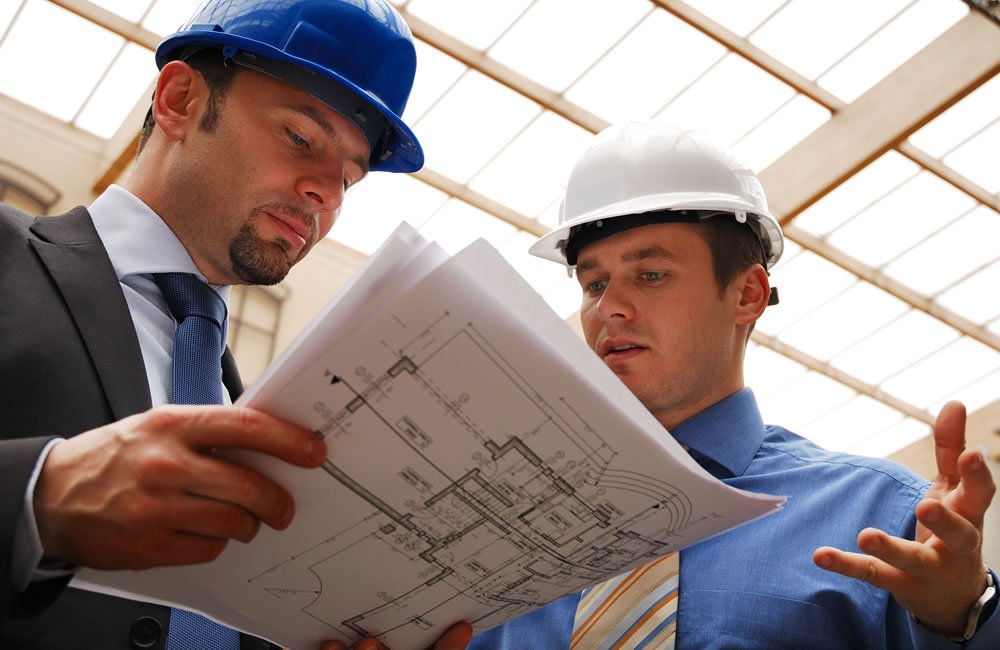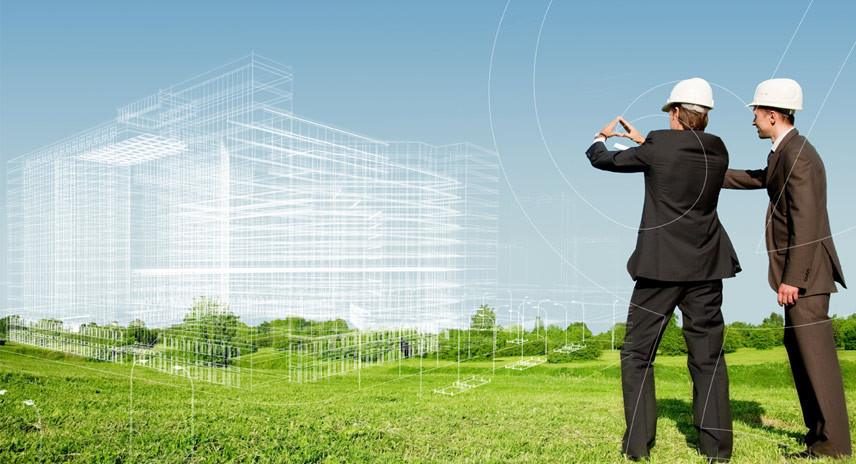The Position and Impact of Property Developers in Shaping Urban Landscapes
The Position and Impact of Property Developers in Shaping Urban Landscapes
Blog Article
In the dynamic realm of real property, developers of properties are seen as a major player, playing a key role in the transformation of landscapes as well as urban skylines across the world. Their work goes beyond simple building; it is the delicate dance of investment, vision and execution. They are the architects for modern cities. They are responsible for shaping not just buildings but entire communities. The understanding of their role reveals the complex web of influence they create and their impact on the environment they create.
In the midst of responsibility for property developers is finding and acquiring suitable land parcels for development. Initial phases include a meticulous analyses of the market feasibility studies, feasibility studies and risk assessments to ensure the sustainability and viability of the project. Developers must navigate zoning regulations, environmental considerations, and legal complexities to secure the necessary approvals and permits. The ability of developers to identify hidden potential in unexplored areas often paves the way for an economic boom and revitalization in cities.
Beyond sight, property developers know how to navigate the complicated web of regulations, permits, and zoning laws governing construction projects. In order to navigate through this maze of bureaucratic complexities, they require an expert knowledge of logistics and law. Developers need to negotiate with local governments, engage in community consultations, and adhere to the environmental regulations. The ability of developers to navigate the complexities of these processes can be crucial to the success of a project's timetable, greatly affecting timelines and profitability.
In addition, the environmental consequences of these projects should not be ignored. Property developers are now under stress to incorporate sustainable practices to reduce carbon emissions as well as preserve the green areas and increase energy efficiency. Sustainable design features such as rainwater harvesting, green roofs systems, as well as LEED certification are now standard elements in new developments. More than just complying with laws Developers are beginning to recognize sustainability's long-term advantages from environmentally sustainable initiatives. These include price reductions, market competition as well as a positive perception of the public. To gather added information please see this official statement
Within the field of commercial real estate, developers of property serve as catalysts for economic development and urban revitalization. In investing in commercial properties including office buildings commercial centers and industrial parks, they stimulate the creation of jobs, encourage investment, and enhance the overall vitality of urban centres. Strategic location selection, infrastructure expansion, and the provision of amenities are essential to maximize the benefits of commercial projects. In addition using adaptive reuse to improve existing buildings or brownfield sites could revitalize neglected locations, stimulating innovation and creativity in urban design.
In the pursuit of profit, property developers shoulder a significant responsibility towards sustainability and impact on society. Sustainable building practices as well as energy efficiency and green spaces are now targeted to decrease environmental footprints and increase the quality of living. Developers play a crucial role in affordable housing initiatives which address societal disparities as well as housing shortfalls. By embracing sustainable and inclusive practice of development, they not only reduce the risk of disasters, but they also help to ensure the resilience and the vitality of communities.
